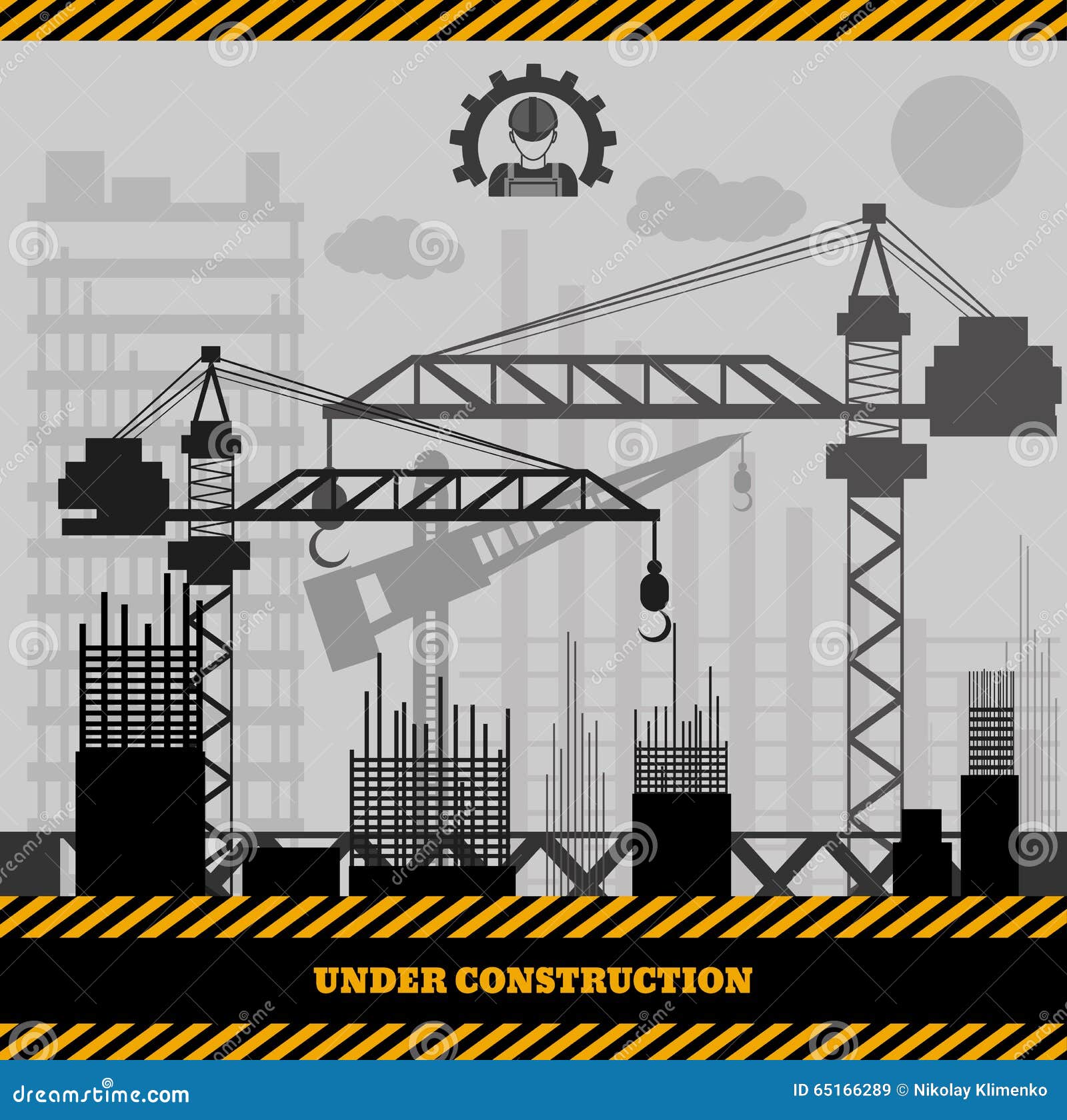Lasting Practices In Commercial Building: Structure For The Future
Lasting Practices In Commercial Building: Structure For The Future
Blog Article
Web Content Author-Petterson Sweeney
Did you recognize that industrial building is among the largest resources of waste and contamination on the planet?
Nevertheless, there is an expanding activity in the direction of sustainable practices in this industry, aiming to lessen environmental influence while constructing for the future.
By welcoming energy-efficient designs, utilizing environment-friendly products, and integrating renewable energy sources, industrial construction can come to be a lot more ecologically responsible.
But exactly how precisely are these methods implemented, and what benefits do they bring?
Allow's check out the interesting world of lasting industrial construction and discover the promising future it holds.
Energy-Efficient Layouts
When making business buildings, prioritize power effectiveness to lower ecological influence and reduced operating costs. Integrating energy-efficient layouts can substantially add to a sustainable and environmentally aware future.
By implementing effective insulation, utilizing energy-saving home appliances and lights, and enhancing natural ventilation, you can decrease power intake and lower greenhouse gas exhausts. Setting up photovoltaic panels and making use of renewable resource sources even more improves the energy efficiency of your structure. Not just does this lower the problem on traditional power grids, yet it additionally helps you minimize power bills in the long run.
In addition, energy-efficient designs commonly result in improved indoor air top quality, creating a healthier and extra comfy setting for owners.
Make a conscious decision to prioritize power performance and take an energetic function in creating a greener, more lasting future.
Eco-Friendly Materials
To proceed constructing sustainably, think about making use of environment-friendly products that decrease ecological effect and advertise a greener future. Environmentally friendly products are those that are sourced, created, and disposed of in a lasting fashion.
These products are usually made from renewable energies, such as bamboo or reclaimed wood, which helps reduce logging and promotes biodiversity. In addition, eco-friendly products are usually made utilizing processes that minimize power consumption and greenhouse gas discharges. As an example, recycled steel and concrete made with fly ash can considerably decrease the carbon footprint of a building.
In https://therealdeal.com/la/2023/05/23/welcome-group-scores-37m-construction-financing-for-pasadena-hotel/ , environment-friendly products are developed to be quickly recycled or repurposed at the end of their life cycle, lowering waste and saving sources. By integrating these materials into your building and construction projects, you can add to a much more sustainable and environmentally friendly future.
Unification of Renewable Energy Resources
Take into consideration using renewable energy resources to boost the sustainability of your commercial building jobs. By including https://howtoremodelarestaurant20864.bleepblogs.com/24975218/tips-for-a-job-s-effective-design-bid-build-avoid-normal-mistakes into your buildings, you can minimize your carbon footprint and reduce reliance on typical power sources.
Below are palm beach county building department contractor portal to incorporate renewable energy sources into your industrial building and construction tasks:
1. Set up solar panels on the roofing system to generate electrical power from sunlight.
2. Make use of geothermal systems to use the planet's all-natural warm for heating and cooling purposes.
3. Use wind generators to harness wind power and create electricity.
4. Apply biomass systems that convert organic waste right into power.
Conclusion
So, when it involves lasting methods in business building and construction, you now understand the vital variables to think about:
- Energy-efficient designs
- Green materials
- Consolidation of renewable energy sources
By carrying out these approaches, businesses can not only minimize their environmental impact yet also save cash in the long run. In fact, did you recognize that buildings with energy-efficient layouts can save as much as 30% on energy costs?
It's clear that building for the future means developing sustainably.
